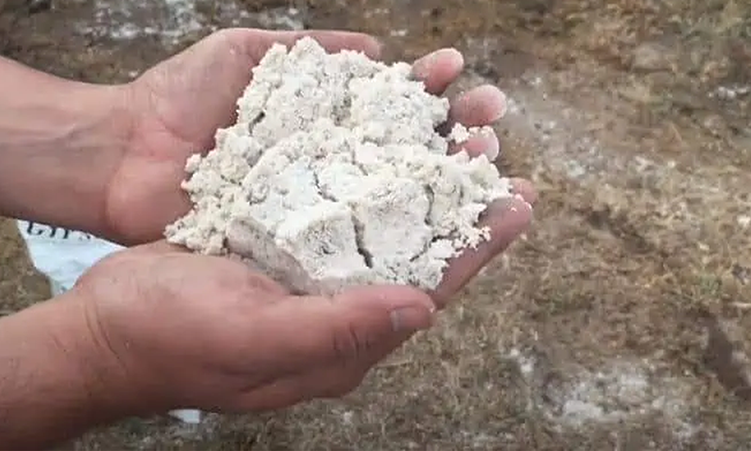The rare earths recovery project underway in South Africa’s Limpopo province is regarded as one of the world’s most resilient rare earths projects.
This is at a time when demand for these elements is growing for use in permanent magnets to help the world go green.
Involved is the first commercial recovery of rare earth elements (REEs) from phosphogypsum, which makes project developer Rainbow Rare Earths Limited something of a pioneer.
Rainbow calculates that it has a highly economic grade of rare earths in the gypsum stacks at Phalaborwa, where the 25-million-tonne resource provides for 16 years of recovery of four of the world’s most sought after REEs.
Some 150 000t of these rare earths will be produced at an operating expenditure (opex) believed to be the lowest of any project in the West.
Low opex and relatively high grade make the project a hardy front-runner at a time when none of the world’s REE projects are making money at current pricing.
Two months ago, even when the prices of the two key permanent magnet REEs – neodymium and praseodymium – were at a low US$47 to US$48/kg (approximately N$850 to N$870/kg), Rainbow would have been profitable had it been in production.
Prices have since recovered to about US$60/kg (N$1 090/kg) for the two elements, which in 2022 were at US$180/kg (N$3 280/kg) – and all the forecasts are that rare earth prices will rise still further.
“We believe this is one of the most resilient rare earths projects in the world,” George Bennett, the chief executive of the London-listed South Africa-led Rainbow, proclaimed at this month’s Mintek@90 event.
The event was held to mark Mintek’s nine decades of pioneering contributions in the minerals and metallurgy sector through research on mineral processing, metallurgy and related fields.
The large-scale pilot plant, which was built as part of Rainbow’s close collaboration with Mintek since 2022, operated at the high level of 20kg per hour of feed, making it six to 10 times the size of a normal pilot plant. A phosphate gypsum reclaim trial in February was very successful and the plant will be rerun in January/February to prove up final stage separation.
The availability of phosphogypsum is the result of the mining of a hard-rock phosphate deposit, which has been carried out by Foskor for the last 60 years.
The mined material is concentrated through a flotation process into a phosphate slurry, which has been the feed for a nearby phosphoric acid plant where two key ingredients – sulphuric acid and heat – were added to create phosphoric acid.
The rare earths in the phosphate slurry were further upgraded in the phosphoric acid sludge in the phosphoric acid plant, and that phosphoric acid production created a gypsum waste residue that was transported in a concentrated form to the gypsum stacks.
In conjunction with Mintek, Rainbow has developed a one-of-a-kind flowsheet that enables the commercial extraction of key rare earths out of the phosphogypsum.
– Mining Weekly
Stay informed with The Namibian – your source for credible journalism. Get in-depth reporting and opinions for
only N$85 a month. Invest in journalism, invest in democracy –
Subscribe Now!


